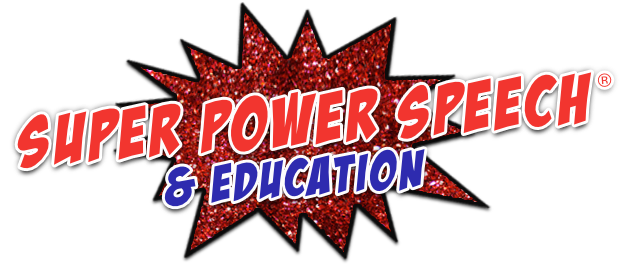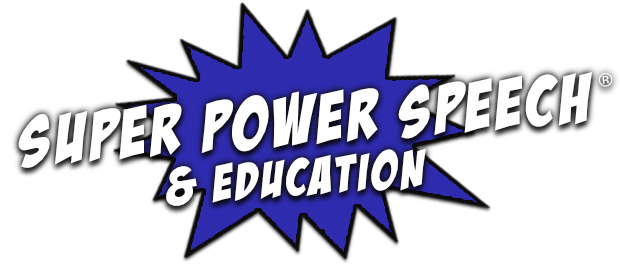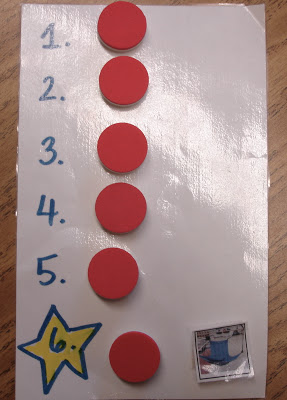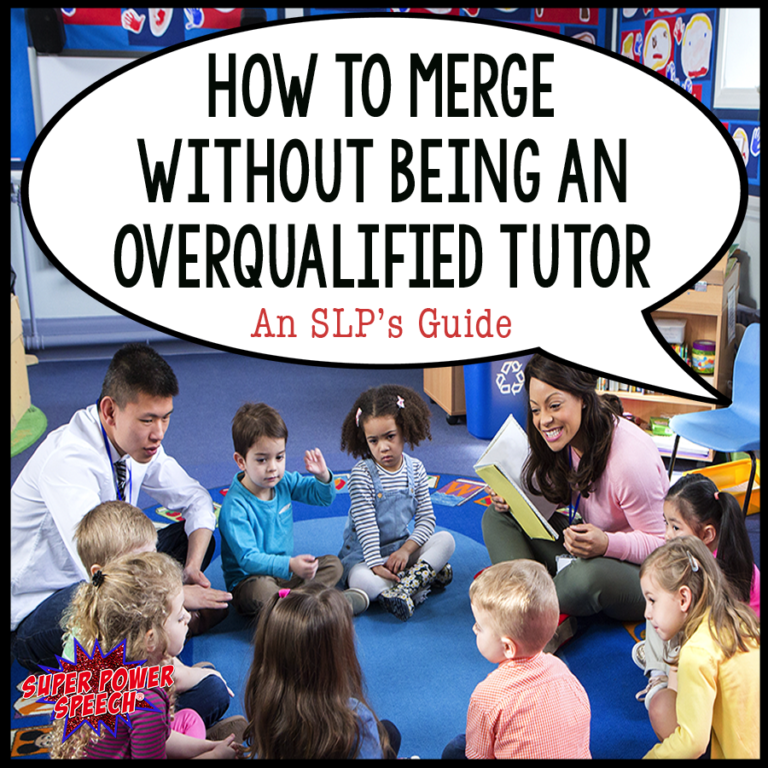What is the Common Core State Standards Initiative?

Several years ago my district was introduced to the Common Core State Standards (CCSS). We were told that they were going to help drive children’s growth and learning with an end goal in mind. And then everything started to change.
We were initially introduced to the CCSS in a staff meeting with this video:
The Common Core State Standards Initiative describes and defines what elementary and secondary school students should know in language arts and math by the end of each grade. (Wikipedia). These standards were created with a top-down methodology of first determining what students should know to be ready for college and/or a career. From there, standards were created for grades K-12 with language arts and mathematics readiness skills as the ultimate goal (corestandards.org). If you think of these standards like a set of stairs, each “stair” is one grade level that was developed to get children from Kindergarten up to graduation level skills.
Not all states use the CCSS. Initially, 46 states adopted the standards (Wikipedia), however, since then one state has withdrawn and twelve others have introduced legislation to repeal the standards. The majority of the United States, however, is using the CCSS for curriculum decisions, report cards, testing criteria, and… now IEP goals.
As a Speech-Language Pathologist in an early adopter district, I have observed both pros and cons from the changes. It is only now, after several years of working with the CCSS, that I feel like I can begin to describe how these standards affect my job in an elementary school.
CCSS Pros:
- The CCSS has an end goal. Teachers, parents, and students see what they are working towards.
- The CCSS assumes that all students can and will learn and progress each year until mastery at the end of 12th grade.
- The CCSS promotes more collaboration and cooperation between grade levels as teachers know what they are supposed to teach to each level of students to prepare them for the next year.
- The CCSS provides goals and benchmarks for typically developing students. These can be used for goals in IEPs as well as eligibility criteria for services.
CCSS Cons:
- The CCSS does not provide standards for individuals with significant disabilities. When the students are far below Kindergarten level, there is no measurement of progress.
- The CCSS is unduly rigorous for students with disabilities and/or English language learners.
- The CCSS assumes that incoming Kindergarteners have had previous education and therefore has very high goal standards. For students with little to no English or education, there is very little time for play or typically developing routines because emphasis must be placed on “making up” for low academic skills.
There are many other pros and cons that you can read about here.
My overall opinion of the CCSS is mixed. While I see some great concepts behind the standards and some good things coming out of them, they still have quite a ways to go for students with disabilities and other different learners.
Does your state use the Common Core State Standards? What do you think about them?






